Not “Just Hair”: Central Catholic High School Hair Policy
CCHS students fight to change a racially biased hair policy.
https://www.centralcatholichs.com/
The frontal view Central Catholic High School, where students are fighting the hair policy.
Maybe you’ve been recently sent or have seen the Change.org petition link to a trending story in our area. Nearby, Central Catholic High School has seen conflicting opinions as to what the student body is to abide by.
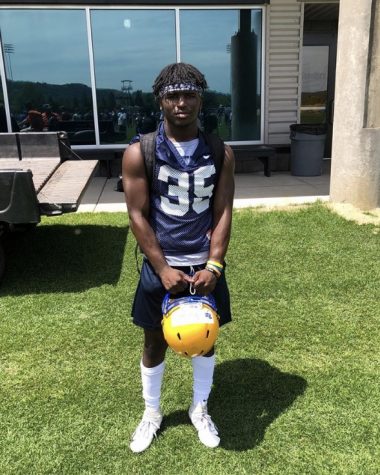
JD Younger, a sophomore at CCHS, made the petition in hopes of lifting the ban of braids, locks, and twists implemented in the school’s policies. It has since gone viral, having almost 12,000 signatures, and making multiple local news channels. When asked what the motive was for creating the petition, Younger responded in recognition to how a few of his friends wore their hair in twists or plaits. According to Younger, when a school official saw it, they responded: “If you come back with your hair like that tomorrow, you will be sent home”.
Younger explained that this wasn’t the first time something like this occurred and that every time someone tried to discuss the situation with a person in charge, they shot the idea down. He feels that the hair policy is racially biased, needs to be looked at and changed to a degree, and overall, is outdated.
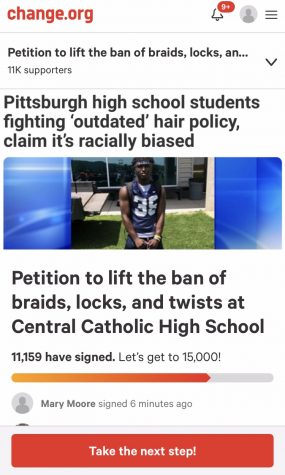
In a message sent to NAEye by Younger, he clarified, “I understand the school rules and will always support Central Catholic, but I’m just asking that they take African Americans’ needs and culture into consideration.” Younger additionally said that he hasn’t seen any blatant discrimination between races and students at school.
Comments on the petition are filled with support for Younger and his friends, the majority of his fellow classmates who were asked supporting the change as well. Generally, all students asked agreed that there should be changes made to the policy, but still love their school. Most haven’t seen or experienced any outright discrimination between students and the school, and don’t think this represents the best of CCHS and their consistent attempts to embrace diversity.
An unidentified sophomore thinks that the hair policy reflects policies in the perceived business world, but that changing the policy wouldn’t have a negative impact on the students and their performance, and that it’s important for people to express themselves—one way being through their hairstyles.
Thomas Hartnett, a senior, believes the hair policy is arbitrary and limiting to everyone, not just African Americans. “…I do believe it should be changed because why does it matter the style of someone’s hair as long as it is well kept? I think as long as someone’s hair is not messy or a distraction, it shouldn’t matter what style it is in.” …Why does it matter the style of someone’s hair as long as it is well kept? I think as long as someone’s hair is not messy or a distraction, it shouldn’t matter what style it is in. — Thomas Hartnett
Another unidentified sophomore thinks the hair policy most definitely needs to be changed and that after reading the petition, it is “clear that it is an explicitly racist policy.” “I firmly believe JD Younger was morally justified when he said that this policy disregards ethnic hair. It’s a shame this policy existed in the first place.”
Eddy Tillman, a junior, feels that the hair policy at his school is outdated in 2020. He thinks that now, long hair such as braids and dreads are becoming more acceptable and the thought of them being a bad hairstyle to have in a professional workplace should be left in the ’90s.
The 2017/2018 Central Catholic High School Student/Parent Handbook states “…Hair must be its natural color, clean, neatly combed, not totally covering the ears or eyes, or falling below the shirt collar. Sideburns may not extend below the ear or extend forward toward the cheek. Shaved heads or hairstyles with designs, patterns, lines, weaves, spikes, braids, locks, twists, or ponytails are not permitted. Closely cut sides and top (military style) are permitted. Hair shall not exceed two and one-half inches from the scalp.”
Looking at the history of African Americans provides a look into the actual meaning behind the importance of hair. Dating back to early African civilizations, hairstyles like braids could represent tribe, social rank, family background, and much more, and would also be changed to align with specific events or situations they were to partake in. Years later, when millions of Africans were forced into slavery, some would wear their hair in cornrows not only to pay homage to the home they left behind but for convenience and practicality as well.
After slavery was abolished, many African Americans felt obligated to make their hair more “European” to escape discrimination, using chemical treatments that straightened but ultimately damaged their hair. But, they later slowly began to reembrace their natural hair, especially during the Civil Rights Movement. Hairstyles like afros, dreadlocks, and cornrows began circling back, giving African Americans a feeling of Black pride and empowerment by not conforming to European standards.
This gives insight into how many African Americans take pride in overcoming their history through their hair, and how their hair represents culture and identity and is not just an arbitrary hairstyle on their heads. …Hair represents culture and identity and is not just an arbitrary hairstyle on their heads.
Seeing as many people want this policy to change, in future practice, these changes don’t have to be justified as untidy, but rather of tolerance.
DeMatha Catholic High School, an all-boys school in Maryland, allows their students to wear braids and cornrows. The DeMatha Catholic High School Parent and Student Handbook 2019-2020 states, “If a student wears braids or cornrows they must be neatly groomed, attached to the scalp, and may not have any loose ends…”
In many cases, wearing these different styles makes it easier to manage natural hair. Why are these hairstyles perceived as too “informal”? What makes one hairstyle “professional” while another is unnecessarily deemed as “unprofessional?” Although to many this policy may merely seem outdated, it is difficult to understand how, in 2020, it is not inherently racist.
If worn neatly and well kept, what’s wrong with wanting to embrace your culture? We should encourage and normalize African American hairstyles just as if they were any other.
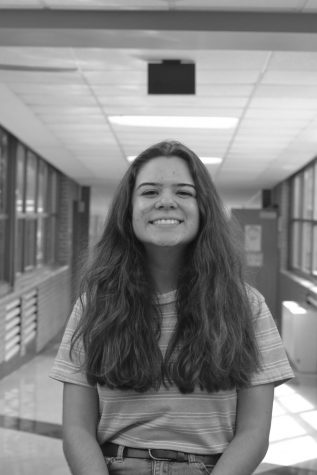
Dani Benavides is a sophomore at NAI. This is her first year writing for NAEye, and she moved to Pittsburgh a year ago from Utah. She likes watching basketball,...



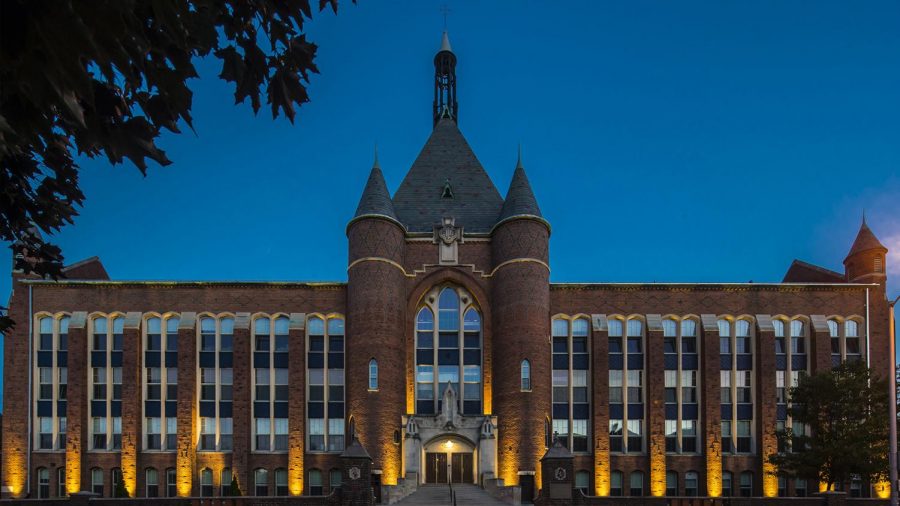
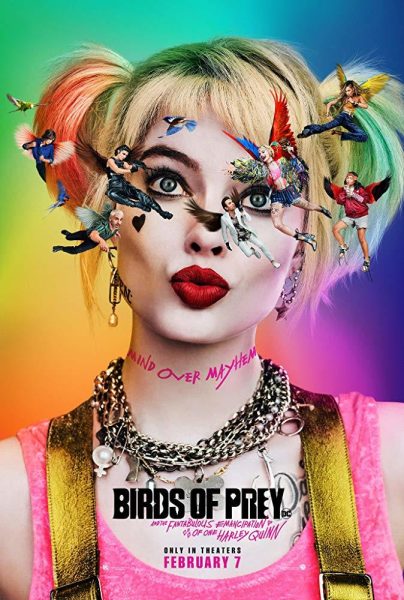
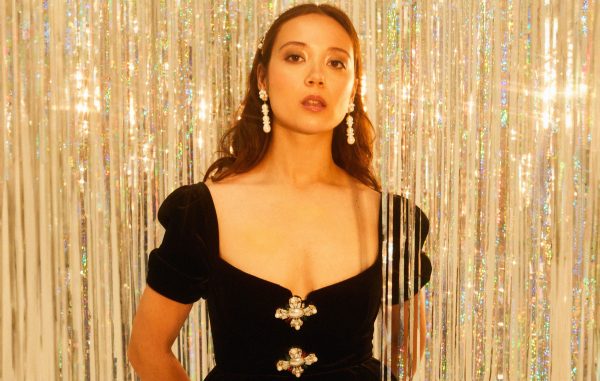


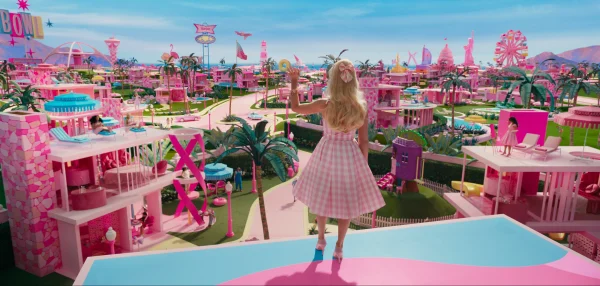
Kim Moorehead • Aug 1, 2021 at 5:09 am
Excellent story…I love how it was based on facts and data to support the quotes and commentary!
michelle hwang • Feb 7, 2020 at 8:39 pm
seriously just so professional and well written
Joshua • Jan 18, 2020 at 5:06 pm
Very epic
Angela Castano • Jan 17, 2020 at 3:52 pm
Good research! Excellent job
Sally Cho • Jan 17, 2020 at 1:56 pm
Woww this is something I would read on the New York Times
mgranite • Jan 17, 2020 at 1:13 pm
Amazing job, Dani. Nice local news coverage!!